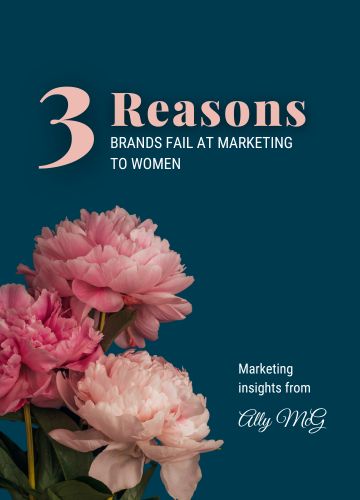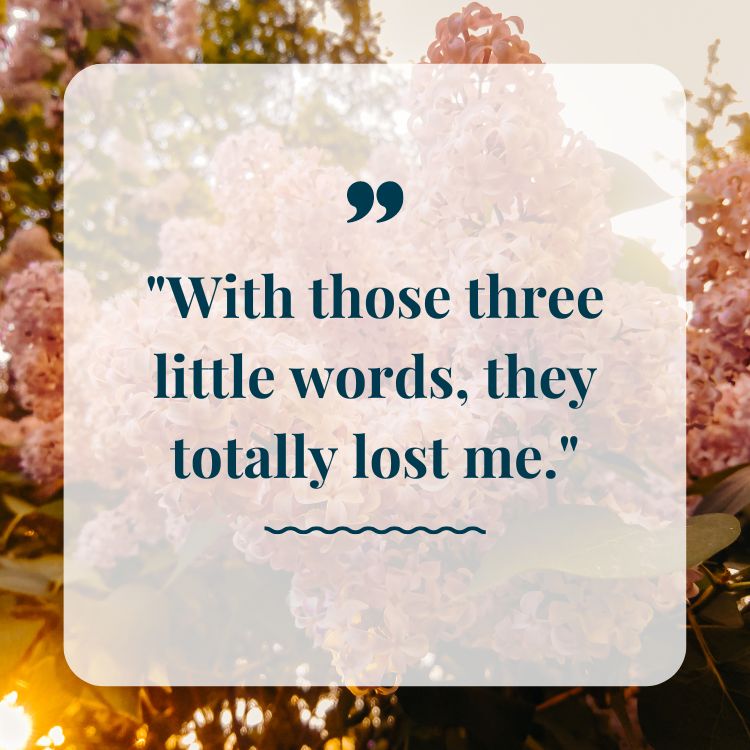

Flashback to 2003. I was 23 years old, a year out of college with a degree in advertising and public relations, and in the movie theater watching the latest romantic comedy, “How to Lose a Guy in 10 Days.” Frankly, I was proud of the moviemakers for presenting a female main character who was a beauty magazine writer fighting for the ability to write about issues that really mattered to her. She eschewed traditional female stereotypes – she drank beer, loved sports and wasn’t afraid to get a little dirty.
The one thing I couldn’t get over in the movie — the advertising campaign the movie characters who work at a New York-based ad agency developed for their big diamond client. The tagline for that campaign: Ladies, frost yourselves. Now I know this was only a movie, but with those three little words, they totally lost me.
Really? Ladies, frost yourselves? I can appreciate that the campaign was supposed to be a statement of female empowerment, demonstrating that women didn’t need a man to give her diamonds; she could buy them for herself. But I couldn’t help but cringe at the language. Ladies, I’m sure you feel my pain.
To this day, the tagline still make makes me wince. That tagline and the fact that it exists in mainstream media represents to me an uncomfortable truth for those of us in marketing and advertising. Marketers everywhere are still failing when it comes to attracting the world’s most powerful consumers — women. One need only to look at the now infamous Peloton holiday commercial from 2019 to know that it’s true. So, what’s behind this clear lack of understanding? In my experience, there are three factors at play.

Brands fail to recognize women as important consumers.
I’m walking a slippery slope here because I don’t mean that brands or the marketers who promote them are sexist. That’s not my intent at all. What I’m trying to say is that some marketers have yet to realize the true influence of women and their buying power. Why couldn’t the woman in the Peloton commercial purchase the bike herself? Why was it her husband that had to make the investment? The reality is that women are expected to control 75% of discretionary spending by 2018 (Nielsen). They are influencing mass market trends, and they still play a significant role in major verticals traditionally associated with men. According to the book “Why She Buys” by Bridget Brennan:
- 52% of new vehicle purchases (including trucks) are made by women; Women influence 80% of vehicle purchases.
- 45% of consumer electronics purchases are made by women; Women influence 61% of consumer electronics purchases.
- 70% of travel decisions are made by women.
- 90% of women participate in decisions that affect their household’s retirement and investment accounts.
- 20% of home purchases are made by single women.
- 55% of all wine purchases are made by women.
Brands fail to recognize that women aren’t a target audience.
It might sound crazy to say it, especially when the focus of our company is all about marketing to women, but if you’re trying to build a marketing strategy to universally appeal to 50% of the world’s population, you’ve got a lot of work to do. You also must have the world’s largest marketing budget.
You can’t just broadly target women. Women should belong to multiple target audiences. How you segment them entirely depends on your product/service and what you’re trying to do. Lots of marketers try to segment women by age. However, it’s broadly accepted that life stage is more important than a woman’s age. And recall, that target audiences should be built with a variety of different factors in mind – demographics are only part of the equation. To segment successfully, marketers must consider psychographic, geographic, sociographic and behavioral factors as well.
Brands fail to connect with women in a meaningful way.
Whether by nature or by nurture, women are inherently relational beings. We seek meaningful connection – and by meaningful connection, I mean something that enhances our lives. We make purchasing decisions from within the context of family and friendships, often prioritizing these decisions ahead of purchasing decisions for ourselves. Brands fail when they don’t build connection into their marketing throughout the consumer journey from awareness to advocacy. And if the marketing isn’t authentic – if the brand can’t deliver on promises or if the marketing is based on a faulty universal truth – the likelihood of success is next to zero.
So what can brands do to effectively market to women?
My belief is that there are three critical steps for success. If you’ve read our website at all, you know about it already.
- First, brands should curate brand experiences unique to the characteristics of previously identified segments of women.
- Second, brands must relate with their female customers. Demonstrate that you understand them without giving in to stereotypes. Represent the complexity and diversity of women rather than assuming they all like the same thing and behave the same way.
- Finally, provide the means for women to participate in the success of your brand. Make sure they share their passion for what you have to offer with those within their sphere of influence.
For those of you who are fans of “How to Lose a Guy in 10 Days,” there is a redeeming response to the head of the agency who, upon hearing the pitch for the diamond client, opens his window and yells, “Women of New York, frost yourselves.” I’ll let you watch to see what happens.
